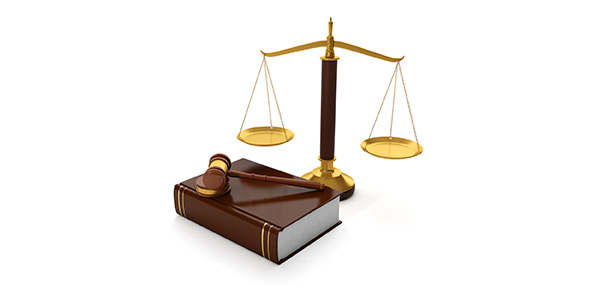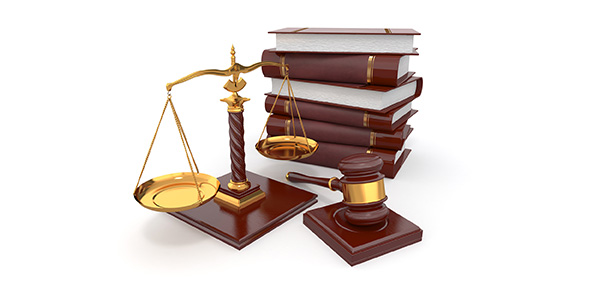Related Flashcards
Related Topics
Cards In This Set
| Front | Back |
|
U.S. Constitution
|
Article 1,
"To promote the Progress of Science and useful Arts, by securing for limited Times to Authors and Inventors the exclusive Right to their respective Writings and Discoveries." |
|
Why has intellectual property become so important?
|
The value of many corporations is based primarily on I.P.
|
|
Original, Inc. sells its product under the name "Phido." Quik Corporation begins to market a similar product under the name "Fido." This is most likely
A. a theft of trade secrets B. copyright infringement C. patent infringement D. trademark infringement |
D. trademark infringement
|
|
Trademark
|
Any distinctive word, name, symbol, or device (image or appearance), or combination that an entity uses to distinguish its goods or services from those of others. The owner has exclusive right to use that mark or trade dress.
|
|
Trademark: How acquired
|
-At common law, ownership created by use of the mark
-Registration with the appropriate federal or state office gives notice and is permitted if the mark is currently in use or will be within the nex six months |
|
Trademark: Duration
|
-Unlimited as long as product is still in use
-To continue, renew registration between the fifth and sixth years, and every ten years after that |
|
Trademark: Remedy for Infringement
|
-Injunction prohibiting the future use of the mark
-Actual damages plus profits received by the aprty who infringed (can be increased under the Lanham Act) -Destruction of articles that infringed -Plus costs and attorney's fees |
|
Trademark: Remedy for Infringement
|
-Injunction prohibiting the future use of the mark
-Actual damages plus profits received by the aprty who infringed (can be increased under the Lanham Act) -Destruction of articles that infringed -Plus costs and attorney's fees |
|
Trademarks and Related Property: Goal
|
-Distinguish product/service from goods of other manufacturers and merchants
-Avoid consumer confusion |
|
Statutory Protection of Trademarks: Lanham Trademark Act (1946)
|
-Enacted to protect companies from losing business to rival companies that use confusingly similar trademarks
-Test: likeliehood of confusion |
|
True/False
A dilution cause of action requires proof that consumers are likely to be confused by a connection between a trademark and its unauthorized use. |
False: keyword, requires
|
|
Statutory Protection of Trademarks: Federal Trademark Dilution Act (1995)
|
-Creates cause of action regardless of competition or confusion based on a "similar" mark
-Test: junior user's mark must actually reduce value of famous mark or lesson its capacity to identify goods |
|
Distinctiveness of Mark
|
-Trademark must be sufficiently distinct
-'Strong' Marks: fanciful, arbitrary, suggestive -English Leather, Dairy Queen, Xerox, Apple -Secondary Meaning: personal names, descriptive and geographic terms do not typically receive protection...until/unless they receive secondary meaning -London Fog -Generic terms receive no protection unless acquire generic use -escalator, aspirin, trampoline, raisin bran, nylon, corn flakes, linoleum, thermos |
|
Aspirin, thermos, escalator, and nylon are all examples of:
A. imported products not subject to U.S. trademark laws B. words that originated as trademarks, but that are now generic names C. products invented before 1901, and not eligible for trademark protection |
B. words that originated as trademarks, but that are now generic names
|
|
Trade Dress
|
-Refers to the image and overall appearance of the product or service
-Same protection as a trademark -Issue is consumer confusion |





